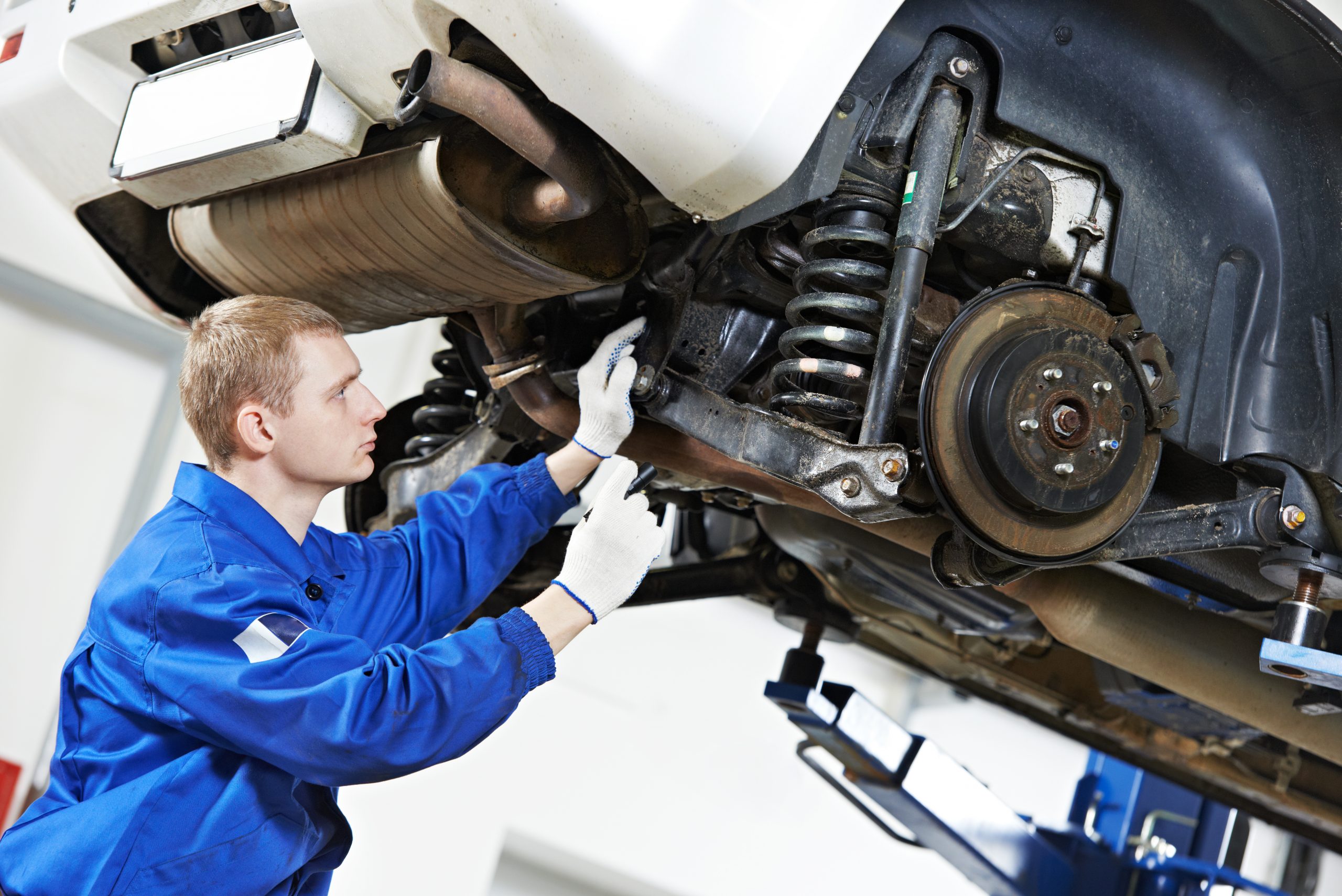All Categories
Featured
Two of the most essential tire solutions are tire rotation and alignment. If you're unfamiliar with what tire turning and alignment entail, right here's an extensive appearance at why they matter and just how they profit your lorry.
What Is Tire Turning? Tire rotation refers to relocating your tires from one placement to another to guarantee they wear equally. The reason tire turning is required is because not all tires wear the exact same way.
By revolving your tires consistently, you can balance out the wear across all four tires. This helps them last much longer and permits even more also grip, boosting handling and security. The majority of producers suggest revolving your tires every 6,000 to 8,000 miles or based on the automobile's handbook.
What Is Tire Placement? Tire placement, also recognized as wheel placement, describes the procedure of readjusting the angles of your auto's wheels to satisfy the maker's specifications. The objective of alignment is to ensure that all four tires are directing in the best instructions and at the appropriate angles, which permits optimum handling, security, and tire life.
There are three main alignment angles that are changed during an alignment check:

Camber: The tilt of the wheels when watched from the front. If the camber is off, it can lead to unequal tire wear, as the tire will not make full call with the road surface. Caster: The angle of the steering axis when viewed from the side. Appropriate caster alignment makes certain that your automobile is steady when driving straight which your steering wheel go back to its regular placement after a turn. Toe: The angle at which the tires aim internal or exterior when viewed from above. Inaccurate toe placement can trigger the tires to drag, resulting in uneven wear and minimized fuel performance. Imbalance can take place in time as a result of regular driving or from hitting barriers like curbs or fractures. If your positioning is off, it is very important to get it checked and remedied to avoid problems down the roadway.
Why Tire Rotation and Placement Issue. Increased Tire Life:. Regular tire turning makes sure also tire wear, aiding you obtain the most gas mileage out of your tires. Irregular wear can create you to replace tires too soon, which can be expensive. When your tires use equally, they last much longer, conserving you money in the lengthy term.
Boosted Vehicle Handling:. Correct positioning keeps your car driving straight and stable, especially at higher speeds. Misalignment can cause your cars and truck to draw to one side, making it tougher to guide. By maintaining your tires lined up, you ensure your automobile deals with a lot more efficiently and predictably.
Improved Security:. Tires that are not turned or aligned effectively can wear unevenly, affecting exactly how well your vehicle quits and edges. For instance, misaligned tires or tires with unequal wear patterns might create minimized traction, especially in wet or icy problems, leading to a greater danger of crashes.
Much Better Gas Performance:. Tires that are misaligned can develop moving resistance, indicating your engine needs to function tougher to move the auto. This increases fuel usage and reduces your auto's gas effectiveness. Appropriate tire alignment lowers rolling resistance, which can enhance gas mileage.
Indications Your Tires Need Turning or Alignment. While it's vital to remain on top of routine tire turnings and placements, there are a few indications that may suggest your tires need interest:
Uneven Wear: If you discover that tire is more worn than the others, it's likely time for a turning. Guiding Pull: If your vehicle draws away or really feels off-center, maybe a sign of imbalance. Vibrations: If you feel vibrations in the guiding wheel or the automobile, it might be due to a positioning concern. Noisy Tires: Screeching or loud tires can indicate inappropriate rotation or misalignment. If you see any one of these indicators, it is very important to get your tires checked by a specialist.
Just How Frequently Should You Revolve and Straighten Your Tires? Tire rotation must normally be done every 6,000 to 8,000 miles, though this can vary based upon your driving problems and the type of vehicle you drive. It's additionally an excellent concept to have your tires revolved whenever you get an oil modification.
For positioning, you need to have your tires straightened every 1-2 years, or more frequently if you see any issues with handling or unequal tire wear. If you hit a huge fracture or aesthetic, it's important to obtain an alignment examine right away.
Final Thought: Normal Maintenance for Optimum Efficiency. Tire turning and alignment are 2 easy however important services that keep your automobile running efficiently, effectively, and safely. By revolving your tires routinely and keeping your wheels properly lined up, you can extend the life of your tires, enhance handling, and enjoy far better fuel effectiveness. Don't wait for your tires to show indicators of wear-- schedule regular upkeep to keep your vehicle in top form. Regular tire care is a financial investment that repays in the long run, keeping you and your guests risk-free when driving.
Latest Posts
Top Tips for Maintaining Your Wood Fence Great Forming
The Toughness and Design of Ornamental Iron Fencing
Spot the Indication: When to Fix or Change Your Roof Covering